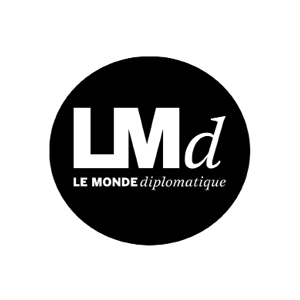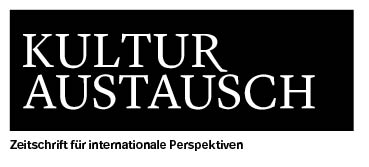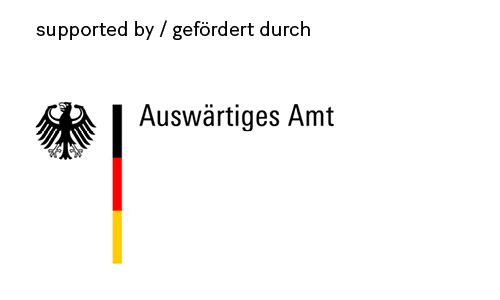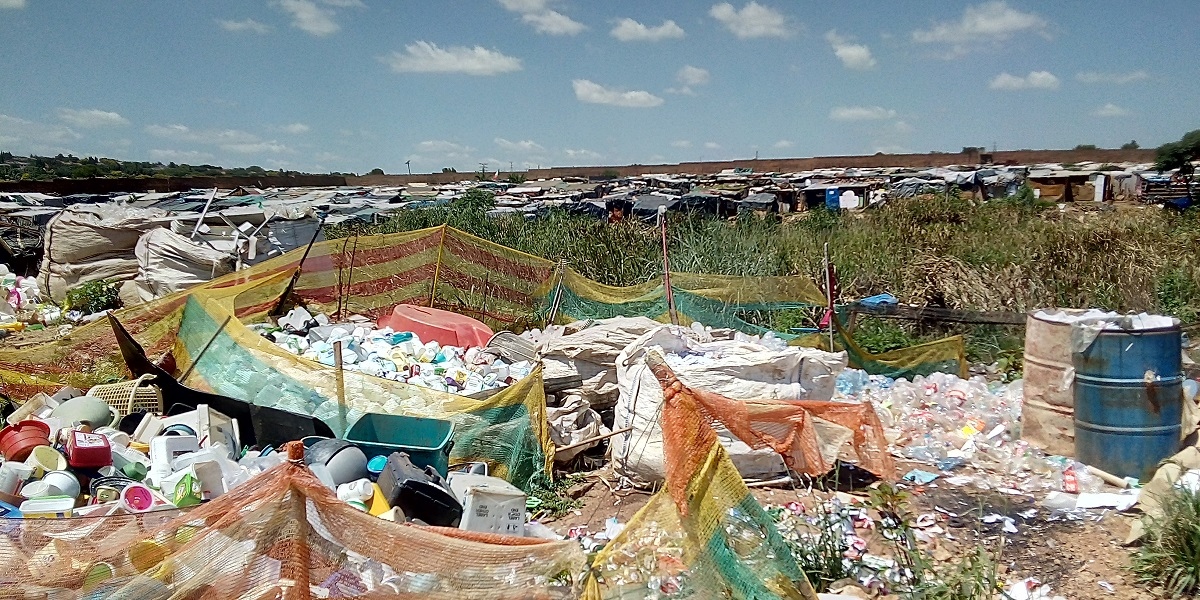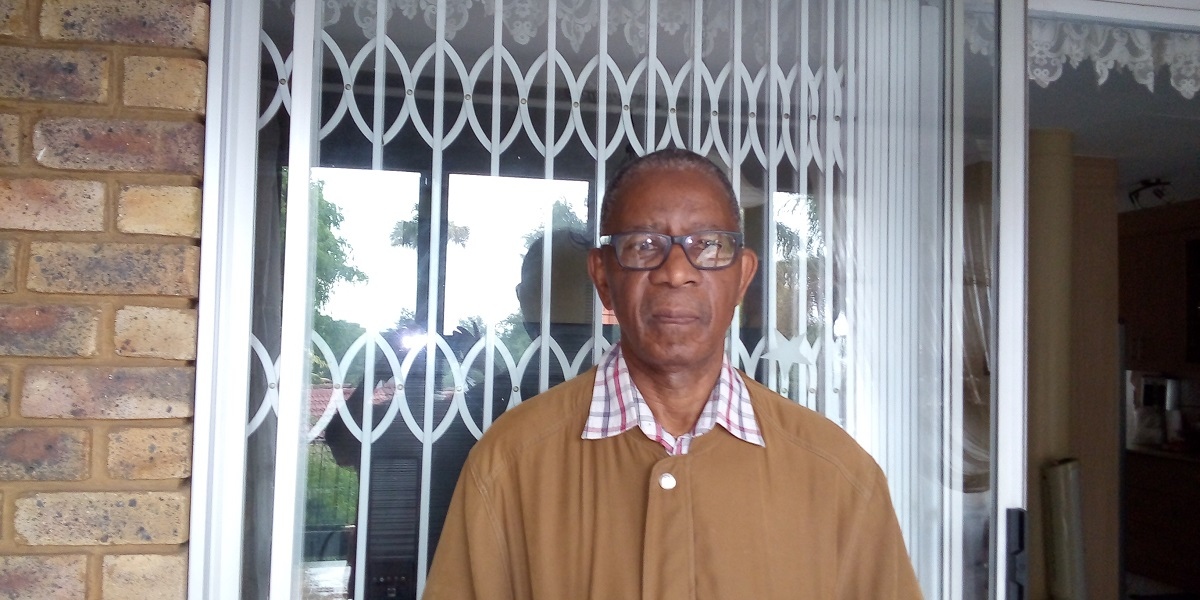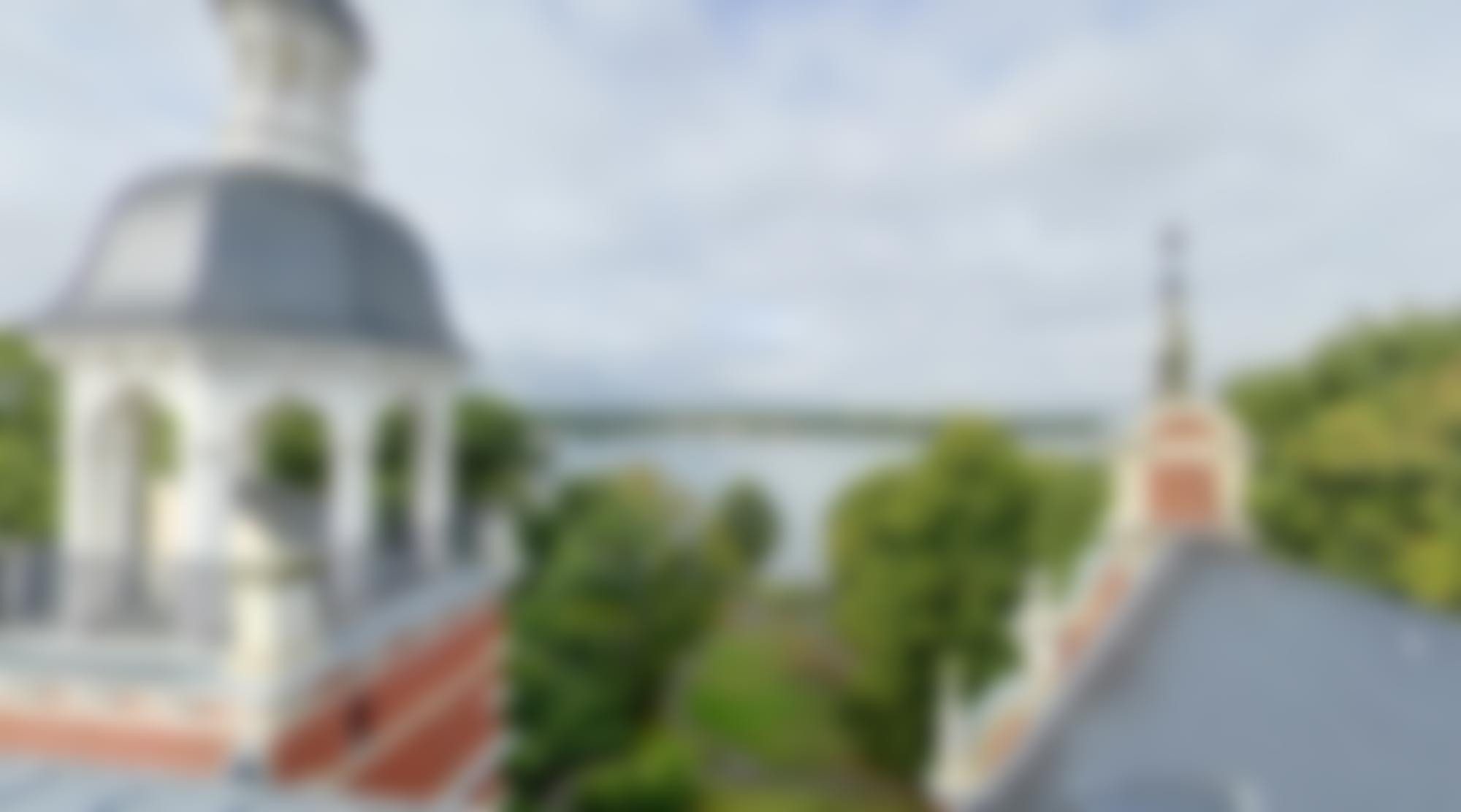Plastic View
Dir-se-ia que entre os países da SADC (Southern Africa Development Community) existe uma tradição ou acordo de intercâmbio de cidadãos que, de um país para o outro, protagonizam êxodos de populações. São multidões de emigrantes ilegais em busca de um El-Dourado que os acolha e ofereça o que os seus países de origem são incapazes de proporcionar: segurança, bem-estar e alguma esperança de uma vida digna e honrada.
O Plastic View é um aglomerado de choças de plástico que cresceu nos arredores da cidade de Pretória, na província de Gauteng, África do Sul. Ocupa um espaço que outrora fora baldio, entre os bairros aristocrátios de Woods Park, Jacaranda Lands e Kloof Hills, com sumptuosos edifícios enfileirados em anfiteatro nas colinas dos montes que cercam a urbe e onde residem alguns dos mais destacados nobres da cidade. A leste do aglomerado estende-se um cemitério densamente povoado, onde campas e cruzes se espalham e se erguem do solo para manter vivas nas memórias o fim inevitável de cada um.
As fronteiras do Plastic View são marcadas por montes de desperdícios. Estes são constituídos, na maioria, por vasilhame de garrafas de plástico e de bebidas recolhidas de tambores de lixo. Nesses lugares respira-se um ambiente de decomposição. De fogueiras mal cuidadas evolam-se os fumos pestilentos das lixeiras municipais.
Cerca de três mil habitantes deambulam noite e dia pelos labirintos que se amaranham no campo. Crianças empanturradas de kwashiokor infectam-se alegremente nas poeiras e nos lamaçais das ruelas esconsas que separam as habitações.
Cães pulguentos executam números de dança pitorescos ao ritmo de coceiras prementes.
Nuvens de moscas varejeiras zumbem concertos de notas graves e esvoaçam na atmofera do campo. Competem nos pratos dos escassos alimentos e beijam os lábios das pessoas.
E água? Essa extraem das torneiras da rede municipal que abastece o cemitério. Em concorrência com os defuntos acarretam-na em baldes, tamboretes e garrafões.
Cada secção destas fileiras tem o seu proprietário. Aquela é o de um residente congolês que merca sonhos, sapatos puídos, colares de contas com cores desbotadas, fósforos, rosas vermelhas artificiais e relógios de pulso estacionados nas bermas do tempo. De um reprodutor de cassetes de áudio evolam-se as notas de uma rumba. Sua alada imaginação viaja pelo espaço etéreo para os vales de Lubengula na pátria distante e sitiada de “dê-érre-cê” (DRC – Congo-Kinshasa).
Quem, com a imaginação, sobrevoasse o campo apreciaria a extensão de uma manta de retalhos multicor, uma bandeira a cobrir a humanidade. Cada retalho é expressão de parte de uma nação. Aqui e ali destacam-se estandardes que definem as fronteiras de um território, símbolos que identificam uma origem: o chapéu Sutho sobre um fundo azul; o galo já rouco dos Ndebheles e Shonas do Zimbabwe; as armas cruzadas num fundo branco dos gloriosos de Moçambique onde os governantes se distraem na roleta da corrupção; escudos tradicionais cruzados dos guerreiros de Mswati com lanças de pontas rombas; do sol rubro nos poentes penumbrosos do Malawi, e doutros mais sem representatividade significativa no meio. São aquelas as marcas de um orgulho por uma nacionalidade distante que se rejeita, não esquecida todavia.
No exterior deste universo multicor e multicultural, a todos os habitantes do Plastic View aguardam os imprevistos da xenofobia.
À distância, nas colinas vizinhas, a imponência das mansões de Kloof Hills e de Woods Park são imagens de contraste entre a opulência de um lado e a miséria doutro. Os aristocratas seus habitantes protestam contra a invasão aos seus territórios, demandam das autoridades a expulsão imediata e incondicional dos residentes do Plastic View que não só conspurcam e poluem o meio ambiente, assim como representam riscos de criminalidade nos seus e noutros bairros adjacentes.
Plastic View
Man könnte meinen, es gäbe eine Art Tradition oder ein Abkommen zwischen den Ländern der Southern Africa Development Community SADC über den Austausch von Bürgern, die in wahren Völkerwanderungen von einem Land ins jeweils andere ziehen. Scharen von illegalen Migranten auf der Suche nach einem Eldorado, das sie aufnimmt und ihnen gibt, was ihre Herkunftsländer nicht in der Lage sind, ihnen zu bieten: Sicherheit, Wohlstand und etwas Hoffnung auf ein würdiges und geachtetes Leben.
Plastic View ist eine Ansammlung von Plastikbaracken, die etwas außerhalb von Pretoria in der Provinz Gauteng in Südafrika entstanden ist. Sie befindet sich auf einer ehemals brachliegenden Fläche zwischen den herrschaftlichen Wohnvierteln Woods Park, Jacaranda Lands und Kloof Hills mit ihren sich amphitheaterförmig die Hügel rund um die Siedlung hinaufziehenden luxuriösen Gebäuden, in denen einige der bekanntesten Persönlichkeiten der Stadt residieren. Östlich davon erstreckt sich ein dicht bevölkerter Friedhof, auf dem sich Gräber und Kreuze überall verstreut aus dem Boden erheben, um das unvermeidliche Ende eines jeden Einzelnen in der Erinnerung lebendig zu halten.
Die Grenzen von Plastic View markieren Abfallhaufen aus in ihrer Mehrzahl aus Mülltonnen gesammelten leeren Getränkeflaschen. Ein Hauch von Verfall liegt dort geradezu in der Luft. Von schwelenden Feuern steigen die giftigen Dämpfe der städtischen Müllbeseitigung auf.
Um die dreitausend Bewohner bewegen sich Tag und Nacht durch die Labyrinthe, die sich durch das Areal verzweigen. Kinder mit dicken Hungerödemen infizieren sich fröhlich im Staub oder im Schlamm der engen Gassen zwischen den Behausungen.
Verflohte Hunde vollführen drollige Tanznummern im Takt ihres verzweifelten Juckens.
Schmeißfliegen verbreiten sich in einem Konzert aus Tieftönen in die Atmosphäre über dem Areal. Sie wetteifern auf den Tellern um die stets knappen Lebensmittel und küssen die Lippen der Leute.
Und Wasser? Das wird aus den Wasserhähnen der städtischen Wasserversorgung für den Friedhof geholt. In Konkurrenz mit den Toten wird es in Eimern, Metallfässern und Flaschen weggeschleppt.
Jeder Abschnitt dieser Gassen hat seinen Besitzer. Dieses hier gehört einem Kongolesen, der Träume, abgetragene Schuhe, Halsketten aus ausgeblichenen bunten Perlen, Streichhölzer, künstliche rote Rosen und irgendwo am Rand der Zeit stehen gebliebene Armbanduhren vermarktet. Aus einem Kassettenrekorder quälen sich die einzelnen Noten einer Rumba. Seine Fantasie reist auf Flügeln durch die verschwommene Zeit in die Täler von Lobengula in der fernen belagerten Heimat „De-Er-Ce“, die Demokratische Republik Kongo-Kinshasa.
Flöge man in Gedanken über das Areal, ließe sich das ganze Ausmaß einer vielfarbigen Flickendecke bewundern, die sich wie eine Fahne über die gesamte Menschheit erstreckt. Jeder Flicken ist Ausdruck eines Teils einer Nation. Hier und da stechen Standarten hervor, Grenzlinien eines Territoriums, Symbole, die auf eine Herkunft verweisen: der Sotho-Hut vor blauem Hintergrund, der schon heisere Hahn der Simbabwischen Ndebele und Shona, die gekreuzten Waffen vor weißem Grund der Glorreichen aus Mosambik, wo sich die Regierenden in der Drehtür der Korruption verirren, Lanzen mit rhombischen Spitzen überlagert von traditionellen Schilden der Mswati-Krieger, die rote Sonne im düsteren Sonnenuntergang von Malawi und andere ohne eine bedeutungsschwere Darstellung in der Mitte. Es sind die Abzeichen eines Stolzes auf ferne Nationalität, abgelehnt aber nicht ganz vergessen.
Außerhalb dieses vielfarbigen, multikulturellen Universums erwartet alle Bewohner von Plastic View die Unwägbarkeit der Xenophobie.
Von Weitem stehen auf den umgebenden Hügeln die imposanten Villen von Kloof Hills und Woods Park wie Sinnbilder für den Kontrast zwischen Überfluss auf der einen Seite und Elend auf der anderen. Aristokratisch protestieren ihre Bewohner gegen die Vereinnahmung ihrer Territorien und verlangen von den Behörden die sofortige und bedingungslose Räumung der Bewohner von Plastic View, die nicht nur die Umwelt verunreinigen und verschmutzen, sondern auch ein Kriminalitätsrisiko für ihre und andere benachbarte Stadtviertel seien.
Übersetzung: Michael Kegler
Plastic View
It is said that there is a tradition or agreement among the countries of the SADC (Southern African Development Community) for citizen exchange, which leads to an exodus of populations from one country to the next. Crowds of illegal immigrants in a quest for an El Dorado capable of welcoming them and of offering that which their country of origin is unable to: security, wellness and hope for a dignified and honored life.
The Plastic View is a cluster of plastic shacks that grew in the outskirts of Pretoria, a city in the province of Gauteng, South Africa. It resides in a space that once was vacant, between the aristocratic neighborhoods of Woods Park, Jacaranda Lands and Kloof Hills, with lavish buildings lined up in the form of an arena above the hills that surround the city, where some of the most distinguished noblemen reside. A densely populated cemetery spreads east of the cluster, where graves and crosses span out and rise from the ground in order to keep alive in the memories the inevitable end of everyone.
The Plastic View borders are marked by tons of waste, constituted mainly by plastic bottles and beverage canisters collected from garbage bins. The air people breathe there is rotten. From unkempt fires, emerge the putrescent fumes of the city’s garbage bins.
Around three thousand residents wander, night and day, through the mazes entangled in the field. Children glutted with kwashiokor joyfully get infected by the dust and by the mud in the hidden alleys that separate the dwellings.
Dogs drenched in fleas perform picturesque dance numbers following the rhythm of overwhelming itches.
Clouds of blowflies hum songs in low notes and flutter around the atmosphere of the field. They compete for the scarce food in plates and kiss peoples’ lips.
And the water? It’s extracted from the same city taps that supply the cemetery. They fight against the dead for it and carry it in buckets and bottles.
Each part of these rows has its owner. That one belongs to a Congolese that sells dreams, worn out shoes, necklaces made of beads with faded colors, matches, fake red roses and wrist watches that have stopped in time. Notes of rumba arise from a cassette player. His winged imagination travels through the ethereal space to the Lubengula valleys in his distant, sieged homeland of the “dee-are-see” (DRC – Congo-Kinshasa).
Those who flew over the field with their imagination would be able to appreciate the full view of a multicolor patchwork, a flag that covers humanity. Each patch manifests a part of a nation. Here and there, banners indicate the borders of each territory, symbols that identify different origins: the Sutho hat over a blue background; the already hoarse rooster from the Ndebheles and Shonas of Zimbabwe; crossed weapons on a white background from the glorious Mozambique, where rulers are distracted by the wheel of corruption; the traditional crossed shields of the Mswati warriors, with blunt-tipped spears; Malawi’s red sun from dusky sunsets; and many others lacking significant recognition. Those are the marks of pride for a distant and rejected – but not forgotten – nationality.
Outside of this multicolor and multicultural universe, the unforeseen xenophobia waits for the people of Plastic View.
The imponent mansions of Kloof Hills and Woods Park stand at a distance, in the surrounding hills, and are pictures of the contrast between opulence and extreme poverty. The aristocrats protest against the invasion of their territories and demand from the authorities the immediate and unconditional expulsion of the residents of Plastic View, that not only defile and pollute the environment but also bring the dangers of criminality to their neighborhoods and adjacent areas.
Translation: Clarissa Wolff
Share






